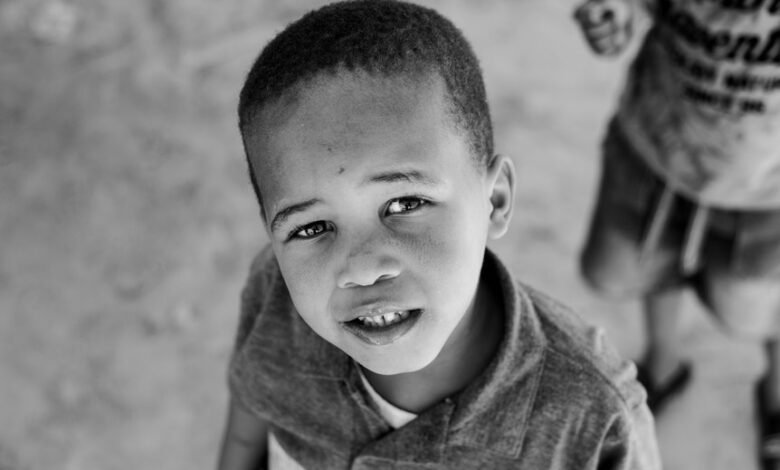Pontoacompanhate: a Cultural Perspective

Pontoacompanhate represents a unique cultural phenomenon that intertwines historical rituals with contemporary practices. Its roots trace back through generations, fostering communal ties and a sense of identity. Participants engage in these traditions, which evolve yet remain anchored in core values. As this cultural expression adapts, questions arise about its future relevance and impact on community dynamics. What transformations might lie ahead for Pontoacompanhate as it navigates the complexities of modernity?
Historical Roots of Pontoacompanhate
Although the term "Pontoacompanhate" may not be widely recognized, its historical roots are deeply embedded in the cultural tapestry of the region it originates from.
This phenomenon reflects rich cultural origins, where traditional practices are interwoven with the community's identity.
Ceremonies and rituals, passed down through generations, embody collective memory, showcasing resilience and a quest for freedom that resonates through time.
Contemporary Significance and Practice
The enduring legacy of Pontoacompanhate manifests vividly in contemporary society, where its practices adapt and resonate within modern contexts.
This cultural evolution reflects a dynamic interplay between tradition and innovation, as practitioners incorporate modern adaptations while preserving core values.
Such transformations reveal the resilience of Pontoacompanhate, illustrating its significance as a living tradition that continues to inspire and connect individuals across diverse environments.
Identity and Belonging in Pontoacompanhate
As individuals engage with Pontoacompanhate, their experiences often intertwine with a profound sense of identity and belonging that transcends mere participation in cultural practices.
This vibrant cultural expression fosters community dynamics, allowing participants to forge connections and share narratives.
The interplay of personal and collective identities cultivates a unique environment where freedom flourishes, empowering individuals to embrace their heritage while celebrating shared experiences.
Conclusion
In examining Pontoacompanhate through an ethnographic lens, one uncovers a dynamic interplay between tradition and modernity, underscoring the theory that cultural practices are not static but evolve in response to contemporary realities. This adaptability not only preserves core values but also fosters a renewed sense of identity and belonging among participants. As Pontoacompanhate continues to thrive, it illustrates the resilience of community bonds, affirming the idea that cultural expressions are integral to collective memory and social cohesion.





